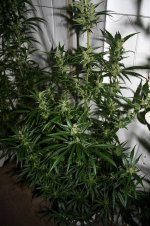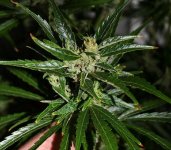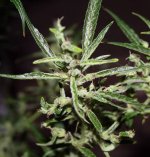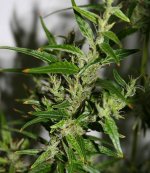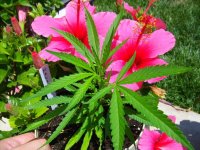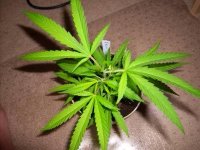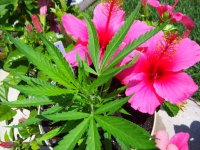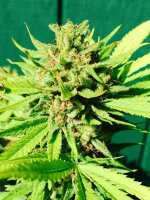A
alpinestar
Ok, what do you think would be a good strain to take over there that would get large and robust and would also do well against the rainy conditions and then sunny days. Cause it usually rains a little bit every day and then the sun will come out and shine ??? Thanks guys it's just I am moving back there and am looking for some good genetics to bring. Right now I have 3 packs of Karma gear like the Happy Brother, Bubba Brother and the Funky Dwarf . Peace my IC Mag friends.
Hawaiian Snow from greenhouse is really good.
Sweet incense aroma like a church, also a light onion smell, nice yield, strong sativa high, covered in resin (even on most leaves), good calyx to leaf ratio, med sized calyxes

